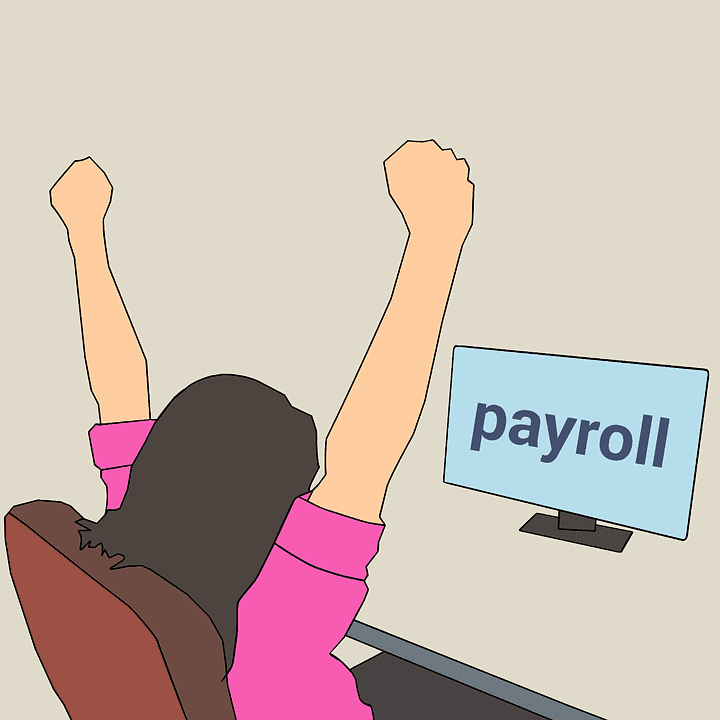While both workers are technically working on a part-time basis, there are some distinct differences in casual vs part-time employees. From contracts to salary to hours, there are important differences to know about these two groups of employees. Read on to find out what the differences really are between casual employees and part-time employees to help determine which employee is best for your company.
What is a Casual Employee?
A casual employee is an employee who is called to work when needed. They may or may not have a contract. If they have a contract, it will clearly state that the working hours may be sporadic and may not be consistent from one week to the next. This type of on-call employee does not receive company benefits and is paid by hours or days contributed. They may have their hours set up in advance but they may also be informed of their hours on a weekly basis. Some weeks, they may have no hours at all.
A casual employee is ideal for a business that doesn’t have steady work in a particular area, or for a company with busy seasons. During the busy season, you may need to call on your casual employees for help but you don’t need them all year round.
What is a Part-Time Employee?
A part-time employee does not work as many hours as a full-time employee but their hours are pre-determined and regular. This means they are at work every week during their allotted times and their schedule doesn’t change based on the workload. A part-time employee may be entitled to some employee benefits, including paid vacation days. They also have a contract stipulating their working hours and the nature of their contribution to the company. Contracts are usually updated and renegotiated annually.
A part-time employee is essential to a business that doesn’t need another full-time employee but still has a steady enough stream of work that needs to be taken on each week. A part-time employee may also be a smooth and simple segue to a new position. If your company is just expanding into a new department, you may want to schedule part-time employees on a trial basis before you expand to full-time staff.
Is There a Pay Difference?
There is a payroll difference in casual vs part-time employees. Casual employees sometimes get a higher hourly wage compared to part-time workers. This is to compensate for the unstable workflow and encourage workers to stay on board. Hiring casual workers may offer your company more flexibility but it also costs a little more. If costs are a concern for your startup business, then a part-time worker may be more suitable for you. If your think the work will only be temporary, it may be cheaper to pay a higher wage and eliminate benefits, but if you think the intermittent work may be spread out over a long period, then a part-time worker may be more beneficial to you.
There is also the cost of benefits for employers to consider. While a part-time employee may cost less per hour than a casual employee, they also cost the company in benefits. You should consider this when trying to calculate which type of employee is more economical for your business.
Who is Entitled to Benefits?
There are also differences in benefits for casual vs part-time employees. A casual employee is not entitled to health or retirement benefits. They also do not receive annual leave or paid sick days. If a casual employee falls ill one day, you don’t need to compensate them. If your company policy offers some sick days, it will require a medical note to provide sick pay. A part-time employee may be entitled to some benefits, but this can vary based on the contract. Some contracts do not offer any paid leave while others may. This is at the discretion of the employer and must be accepted by the employee upon signing the contract. Paid sick leave usually allows employees two sick days per year without proof. If a part-time employee exceeds the number of allotted sick days, their employer may ask them to provide a medical note to justify their absence.
Can They Quit Without Giving Notice?
A casual employee can quit without offering notice. This means you could find yourself short-staffed if you don’t have an enormous pool of casual workers to choose from. Part-time employees sign a contract that usually states the employee must provide the standard two-week notice period before leaving their job. Nothing can absolutely force someone to follow the two-week notice period. However, a contract usually means if the employee does not follow this rule, they may not receive all the benefits or wages they would have received if they had provided two weeks’ notice.
Should I Hire a Casual Employee or a Part-Time Employee?
This is a tough question to answer. It depends on your business and sometimes it depends on the employee as well. If your business has a steady stream of income, then you can afford to hire a part-time employee. It is beneficial to you because it means your employees will remain more stable and more reliable. It’s sometimes worth it to invest more in your employees to build a stable team if your business can afford the expenditure.
The second thing to consider is your pool of candidates. If unemployment rates are very high, you will have an easier time securing casual workers. If unemployment is low and there is less demand for jobs, then you may have a smaller pool of candidates to choose from and will need to offer whatever employees you can find the terms that work best for them. There are pros and cons to both types of employees but the most important factor is finding an employee who is hardworking and can get the job done well.









